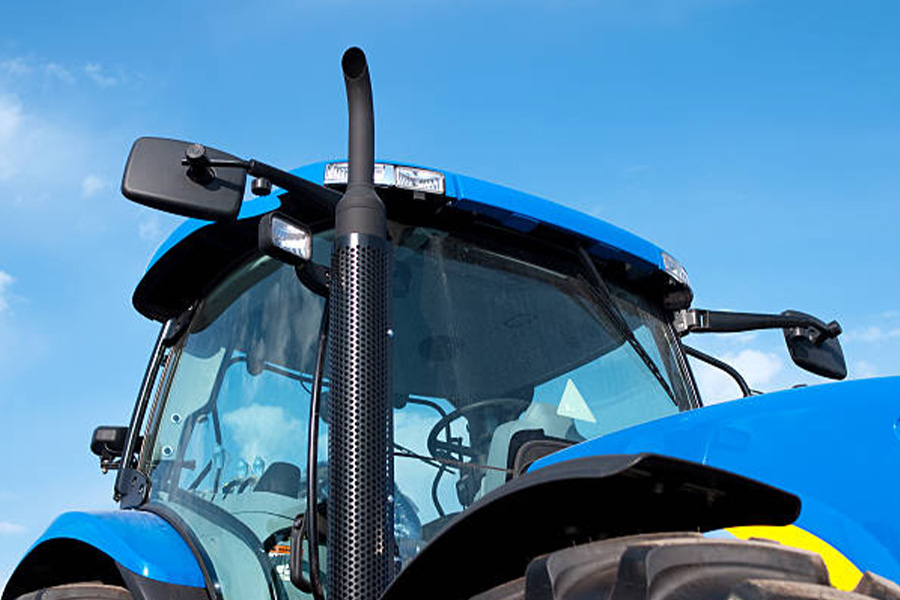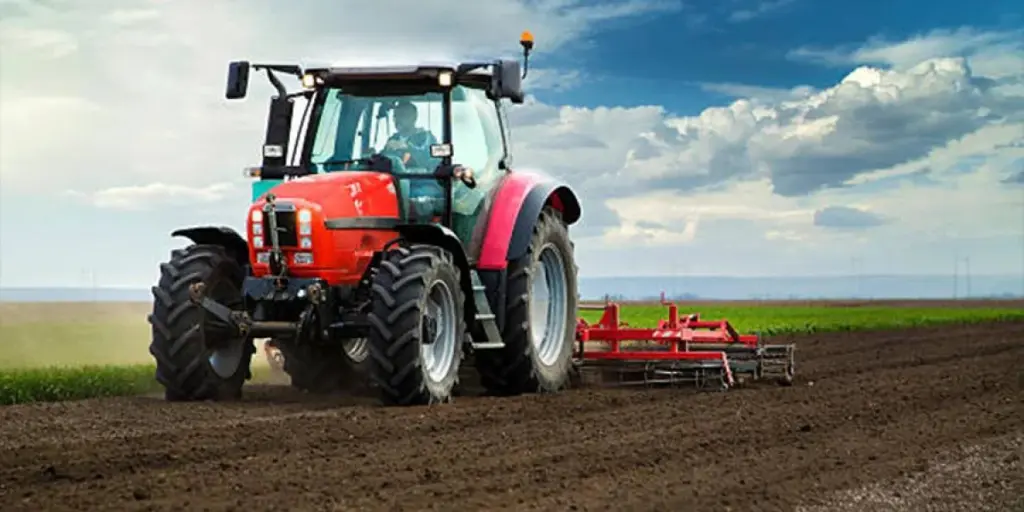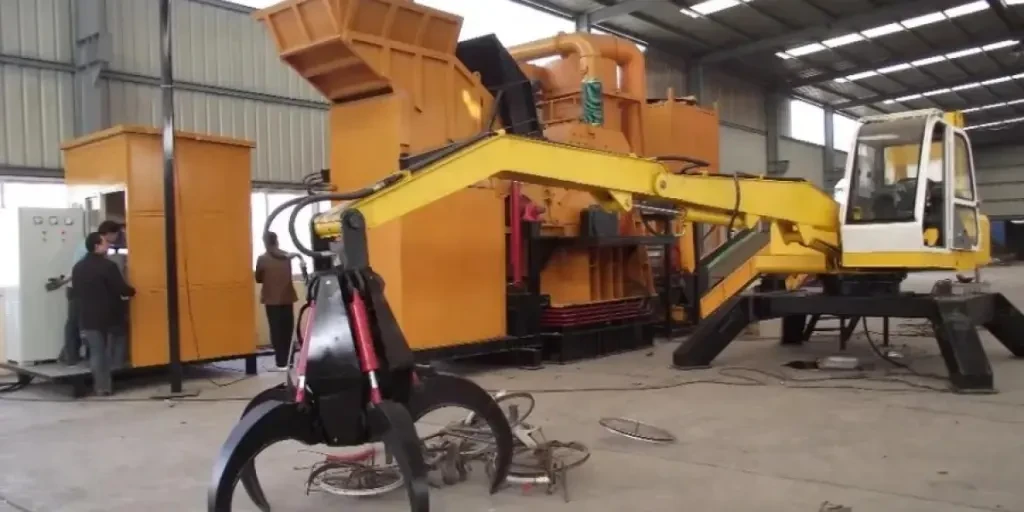The agricultural industry is among the many industries that have been uplifted by the latest technological advances. Tractor technologies are just one of the many innovations that have been accepted and adopted in different parts of the world. The new tractors used in farming are efficient, reliable, and require less human intervention to operate. Also, these agricultural tractors work faster than traditional tractors, which saves precious time. Human labor has been decreasing over the years as many people are migrating from rural to urban areas hence the high demand for better machines.
This article will look at the new technology in agricultural machinery. It will also talk about the demand, market share, size, and expected growth rate of agricultural machines in the next five years.
Table of Contents
Demand and market share for agricultural machines
The new technology of agriculture machinery
Conclusion
Demand and market share for agricultural machines

There has been a sudden surge in demand for harvesters, tractors, and planters. Also, farmers’ preference for mechanization, together with favorable climatic conditions in some parts of the world, has led to increased food production. On top of that, many governments have increased incentives in the agricultural sector, thus boosting the overall market growth.
Internationally, the agriculture equipment market share was estimated at USD 155.68 billion in 2021 and is expected to grow at a compound annual growth rate (CAGR) of 5.0% from 2022 to 2030. This growth will be facilitated by technological advancements in agricultural robotics, such as autonomous tractors and flying drones. The equipment will lower production costs yet increase production to meet the demand over this period.
The tractor segment accounted for approximately 30% of the market size. The growing population and labor shortage were pegged on the increased food demand globally. Innovations in the harvester segment will result in USD 58 billion by 2030, recording a CAGR of 6.0% over the forecast period.
Regionally, North America registered USD 35.1 billion in 2021 and is expected to grow at a CAGR of 5% over the next five years. The Middle East and Africa region had a market share of USD 10.1 billion and will grow at a CAGR of 2%. Notably, the farmers in these regions have adopted farm mechanization, thus accelerating the growth.
The new technology of agriculture machinery
1. Tractors with smart cabs

Tractors with smart cabs provide comfort for the operator to work well under harsh weather conditions. These tractors have both a fully automated system and driver-operated options. Using these tractors enables agricultural precision with functions such as climate-controlled interiors and camera displays. Further, the ability to function for longer hours results in increased production.
Benefits
– They protect the operator from flyings objects and noise.
– They have air conditioning.
2. Tractors using IOT
These tractors can be connected to the internet. In this case, a farmer can control the operations from a personal mobile device or computer. For instance, tractors manufactured by John Deere and others will eliminate the presence of the farmer in the field.
Benefits
– They reduce wastage which leads to cost management
– They have enhanced security options as they can be tracked.
– The intensive work is reduced; thus, they reduce the need for human labor.
3. Data-collecting tractors
These tractors have sensors installed to collect data instantly. Data collected addresses various agricultural aspects, including pesticides used or that need to be used on the farm, soil moisture, fertilizer amounts, and weather conditions affecting the crops. The same data can be outside the fields, for instance, trends in crop prices.
Benefits
– Growers can monitor problems and apply solutions where necessary.
– Real-time data can enable machinery management, thus boosting efficiency.
4. Tractors with connectivity
These include tractors that can be synced with other agricultural machines like harvesters. A farmer is only required to input commands to be executed by the various tractors in sync. The automatic and connected machines refer to each other the tasks as required by the one in control.
Benefits
– The combination of functions increases productivity.
– Connectivity reduces the need for more machines; thus, farming is less costly.
5. Tractors with robots

Robots can single-handedly perform various farm functions. Autonomous tractors can operate efficiently when linked with agricultural robotics. They have an edge to gauge terrain types and navigate with ease.
Benefits
– They reduce the need for manual labor.
– They improve the safety of available experts.
– They ensure outcomes that are free of errors.
6. Compact tractors

Compact utility tractors are used widely as they are smaller than traditional tractors. These compact tractors can complete equal or more farm jobs with the same horsepower and lift heavier objects. They have a hitch in the front and back to haul trailers and other objects. Also, they perform other functions like clearing land, plowing snow, digging foundations, and mowing acres of lawn.
Benefits
– They are easy to use and they provide numerous options.
– They increase productivity and efficiency.
– They are affordable and easy to maintain.
7. Tractors with object detection capabilities
These tractors are equipped with radar sensors, cameras, and LiDAR systems. The incorporated systems can detect moving objects with variations in light and weather conditions. This has greatly improved unmanned farm activities.
Benefits
– They can easily detect objects in blind spots.
– They are designed for various terrains and harsh weather conditions.
– The beam patterns are controlled to minimize false warnings.
8. Electrical tractors
This kind of machinery employs electrification, machine learning, and automation. A good example of this is the Monarch tractor. Combined with data analysis, the machine gives the user a real-time vision of farming activities. It analyzes any digitized and visual data from the field.
Benefits
– They give users information about sustainable farm operations.
– They enable users to plan depending on the power available and the size of the field.
Conclusion
Modern agriculture machines have improved farming. Buyers should note that the main purpose of employing machinery and new technology in agriculture is to boost efficiency and productivity. Machinery with new technology is currently available in the global market to ensure farming is sustainable to meet the demand. To acquire this kind of machinery, visit Alibaba.com.




